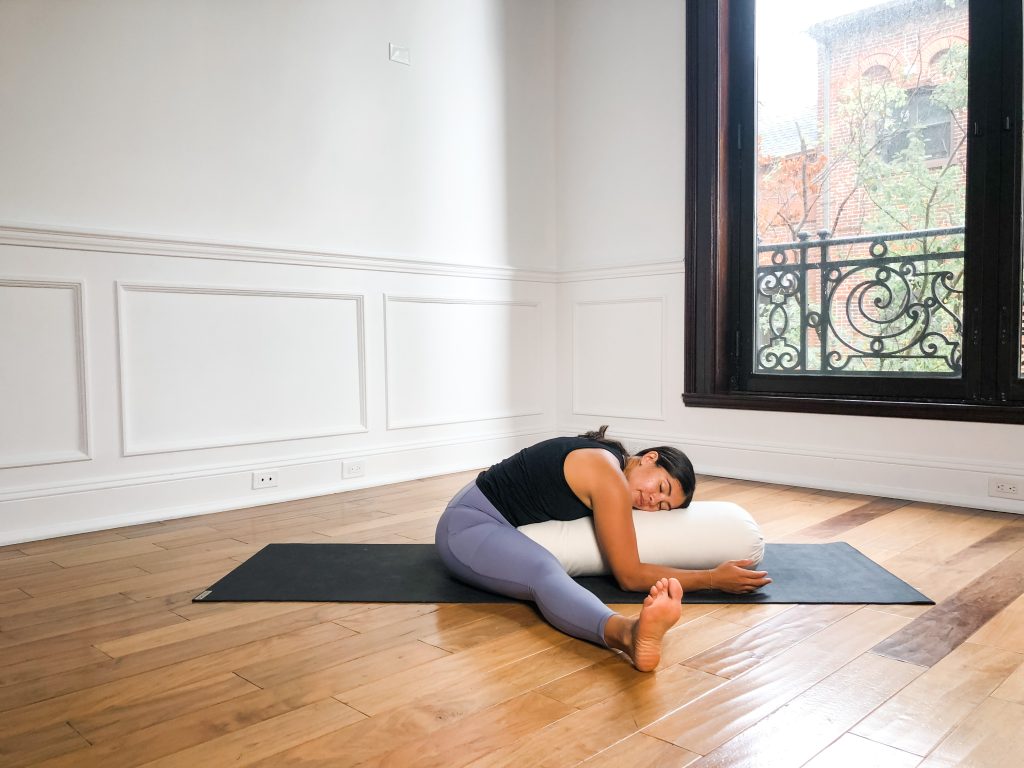
Many people are looking forward to celebrating their lovely mother this coming Sunday. I, on the other hand, am viciously unsubscribing from every Mother’s Day promo email I could find (after the reminder from my younger brother). Mother’s Day can be such a celebratory, loving time for many yet the most tender, painful reminder for others. Whether your mom is estranged, no longer on this physical plane, or a random, unknown figure, this post will help you find comfort during this period – in whatever way you’re celebrating.
For a long while, I thought grieving would make me hard, calloused, angry at the world – and for a moment in time, it did. It was through this great, agonizing pain that I found a way to sort of “sit with it,” leaning into the discomforts of how angry I felt that my mom had been taken from me. This anger was the catalyst that would eventually lead to (I can’t believe I’m using this word) liberation. Slowly, over time, I began to notice my mom and her love everywhere. Emanating, glowing, reverberating in everything I would do.
I took to my yoga practice, while also exploring breathwork with the fabulous Katie Healy at our studio in Hoboken, NJ. I started to attend classes I knew would help me drop into the trauma I was holding in my physical body. And it was through these practices (along with intensive talk therapy) that I began to find comfort in the loss of my mother. I learned that even though she can’t be here physically, that by connecting with my loved ones who are still here that she could be found in every corner. From this realization, I was able to compile a safe, comforting yoga practice that really helped me in times I felt vulnerable and sad over missing her. Now when I practice, it’s almost as if it’s in her honor, as I KNOW she’d be thrilled I found something to bring me immense joy and relief. If you’re feeling emotional as this holiday approaches, here’s a simple practice you can do when the feelies are extra tender…
Balasana (Child’s Pose)
Child’s pose is essential. It works in between gym workouts and is the perfect starting point for any yoga class. Child’s pose elongates the spine and allows for a full body stretch. It’s also a very calming pose, making contact with the ground, spreading through the palms and sitting back on the heels. Energetically, child’s pose helps us ground and find stability in the body while coming in sync with the breath.
The variations of child’s pose include:
- Bolster underneath the chest with arms on either side
- Walking the fingertips over the right and left to get a side body stretch
- Placing a blanket underneath your seat to add more support
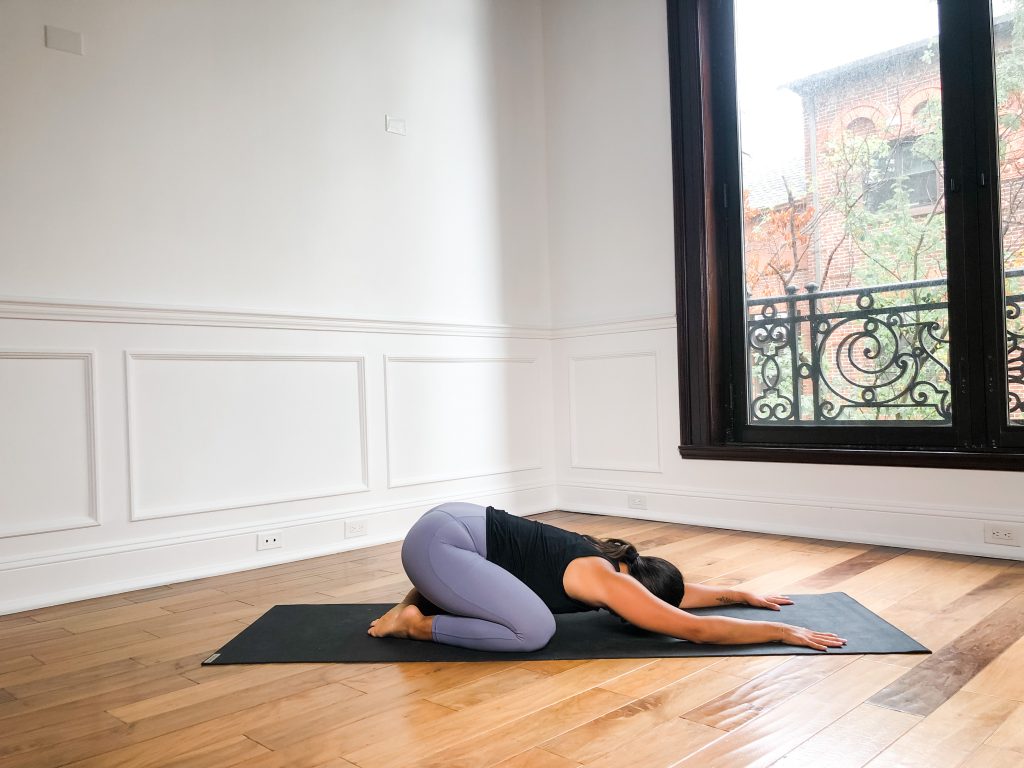
Balasana (Child’s Pose)
Bitilasana/Marjaryasana (Cat/Cow)
Cat/cow is also an essential pose for a yoga class and acts as a stretch for the spine. Cow pose is done by dropping the belly and lifting the chest – this is typically done on an inhale with the toes tucked under (pictured below). On the exhale, the shoulders round while pressing through the palms to broaden the collar bone, allowing the tops of the feet to lay firmly on the mat (a child’s pose foot).
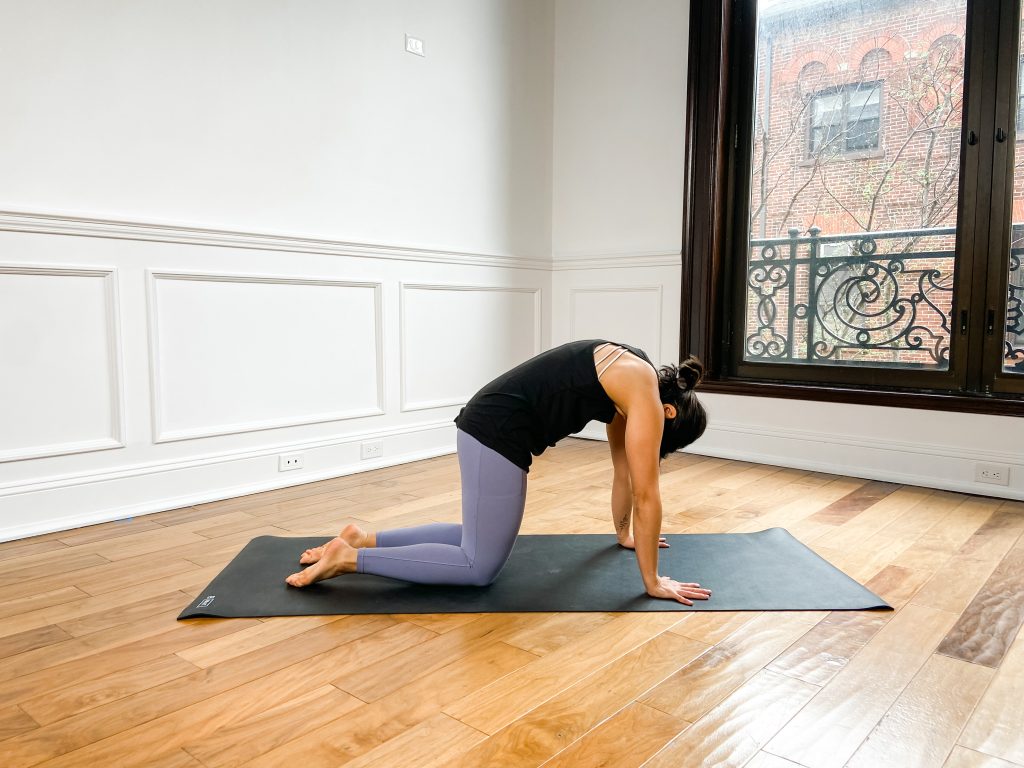
Bitilasana Cat Pose)
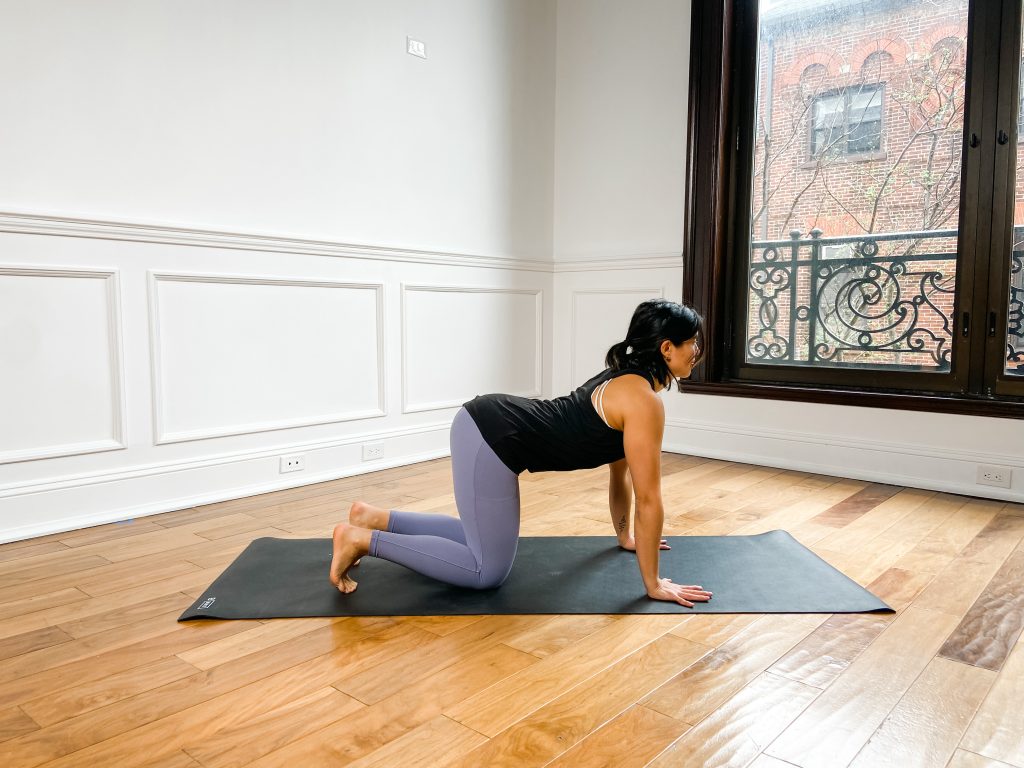
Marjaryasana (Cow Pose)
Halasana (Plow Pose)
Plow pose (Halasana) allows us to get comfortable with our heart elevating towards the motion of going up over our head. Halasana is typically the prep pose for shoulderstand (Sarvangasana) and has very relaxing qualities. To get into Halasana, start by folding 3 blankets towards the back half of your mat, set your shoulders on the blankets, ensuring your head and neck are NOT on the blankets. Then, once comfortable, roll your feet up over your head to find the ground behind you. If you need to roll out and reset a couple of times, that is totally OK.
Benefits of Halasana:
- Quiets the mind
- Calms the nervous system
- Stretches the legs
- Strengthens the neck
- Creates stability in the shoulders
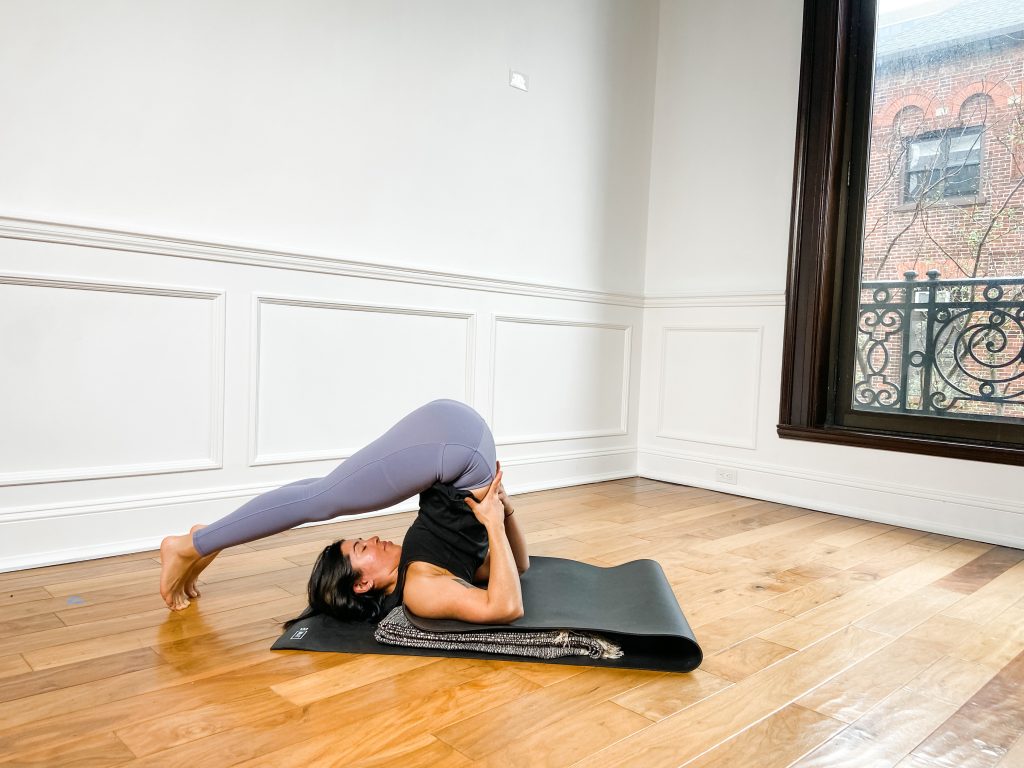
Halasana (Plow Pose)
Salamba Sarvangasana (Supported Shoulderstand)
If you’re loving Halasana, try getting up into full Salamba Sarvangasana. This pose is extremely relaxing for the mind. While it may take a couple times to get into the full expression, once you’re there, time can feel like it’s flying by. You’ll come to this relaxed state of existing where your body seems to “float” above you. Sarvangasana is considered the queen of yoga poses. With its stable nature and ability to align the body with the heart over the head, it truly embodies the essence of a queen.
To get into shoulderstand:
- Start in plow pose
- Slowly (with control) play with lifting one leg straight up into the air, then the other
- Once your legs are extended up towards the ceiling, climb your hands up your back to support you
- Once steady, press through the balls of your feet
- Send your tailbone & pelvis forward
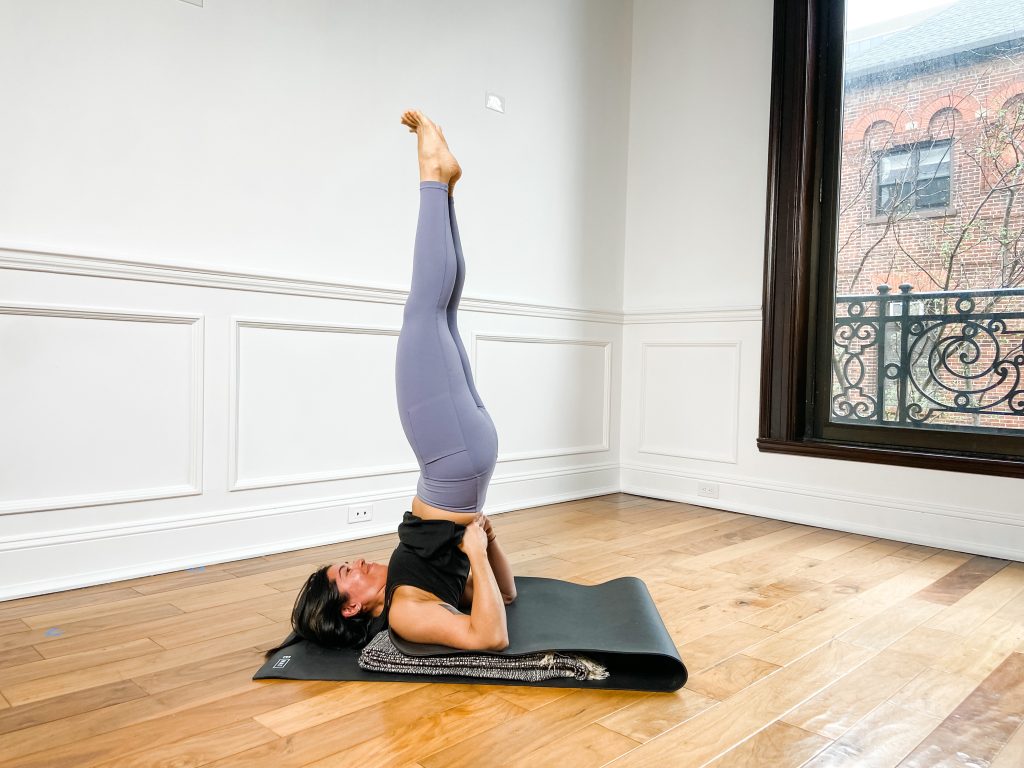
Sarvangasana (Shoulderstand)
Upavistha Konasana (Seated Wide Legged Forward Fold) *with Bolster
This pose speaks for itself just by the way it looks… With a bolster underneath your body, folding forward onto the bolster with wide legs is the most luxurious yoga pose you can do. Allow your head to rest upon the bolster and find a comfortable distance for your legs to spread out to (making a V shape around either side of the bolster). Seated forward folds are a great way to encapsulate and ruminate on all the work you’ve done throughout class. It allows for us to come back to the breath and slow down.

Upavistha Konasana (Seated Wide Legged Forward Fold)
I hope you enjoyed these vitalizing and rejuvenating yoga poses – they’ve helped me during both tough times and celebratory times. Maybe you can even try them with your mom or mother figure in your life!
Join our mailing list for incredible weekly content!
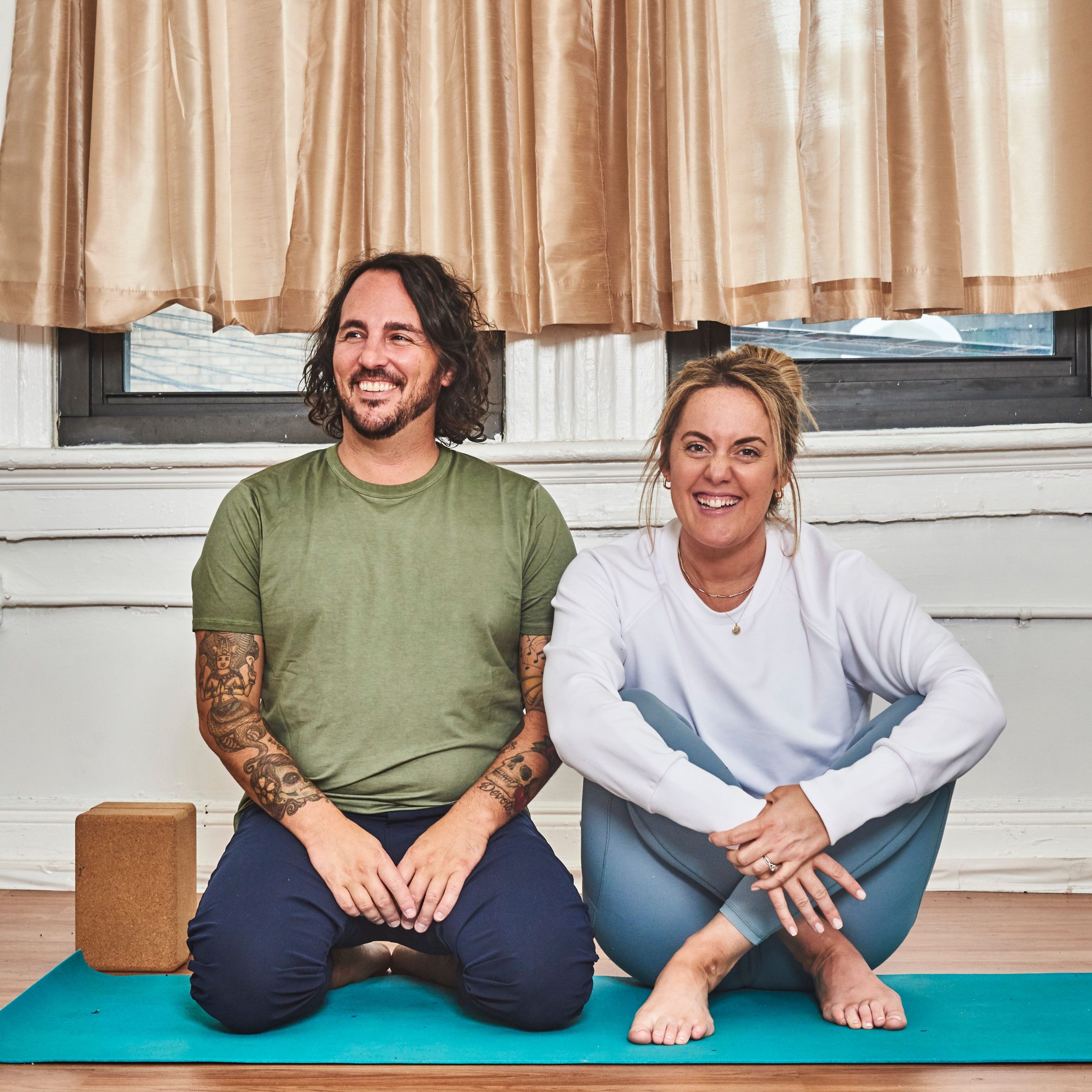


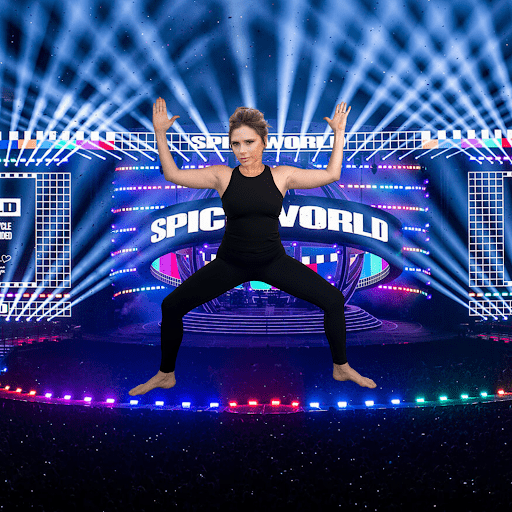
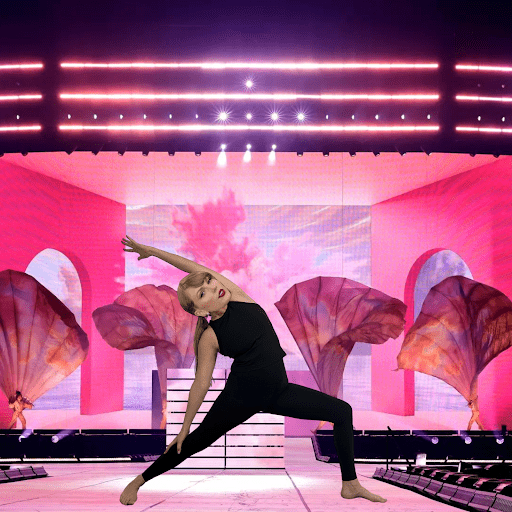
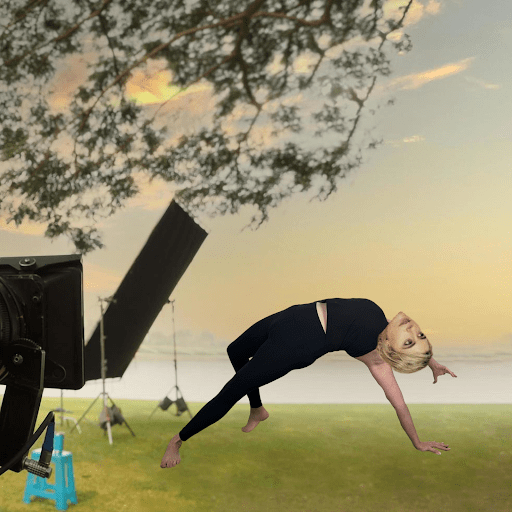
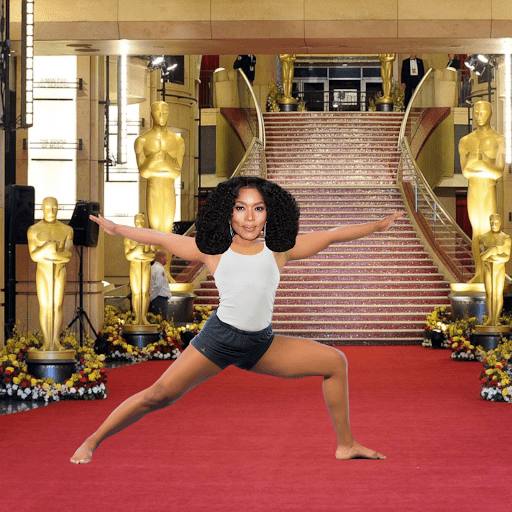
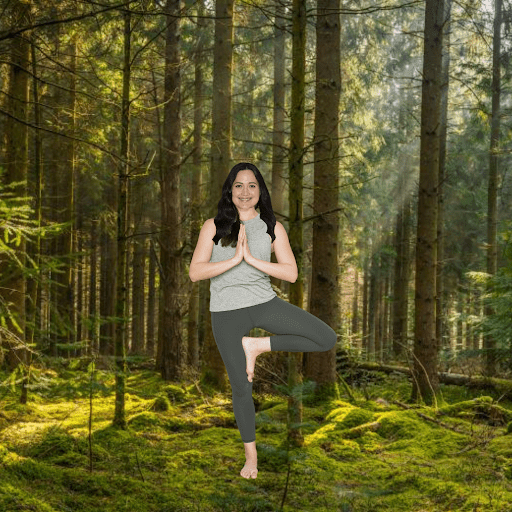


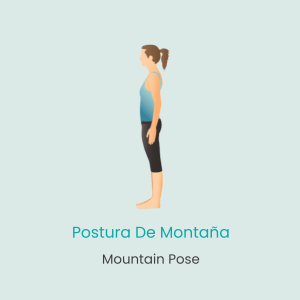








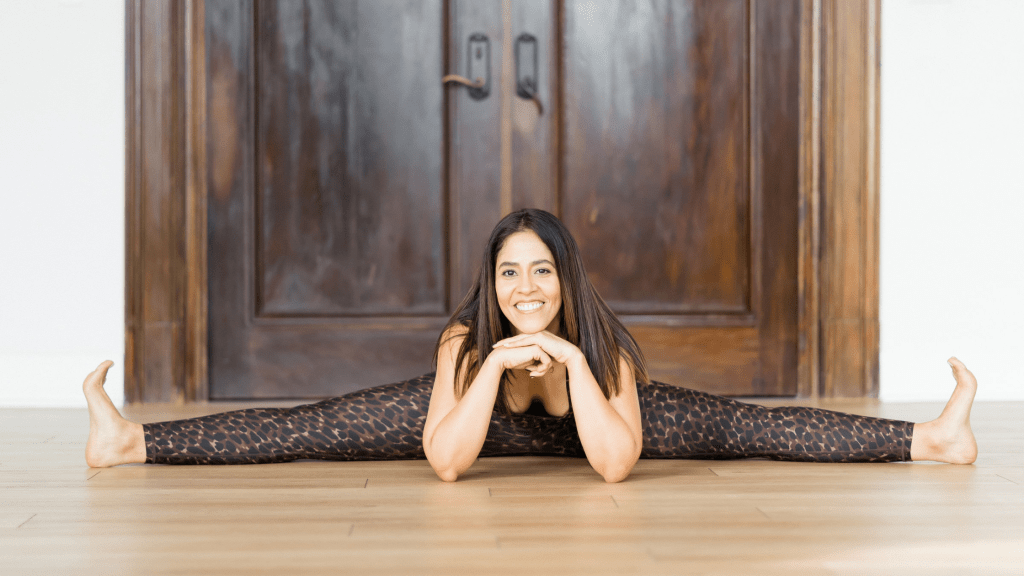

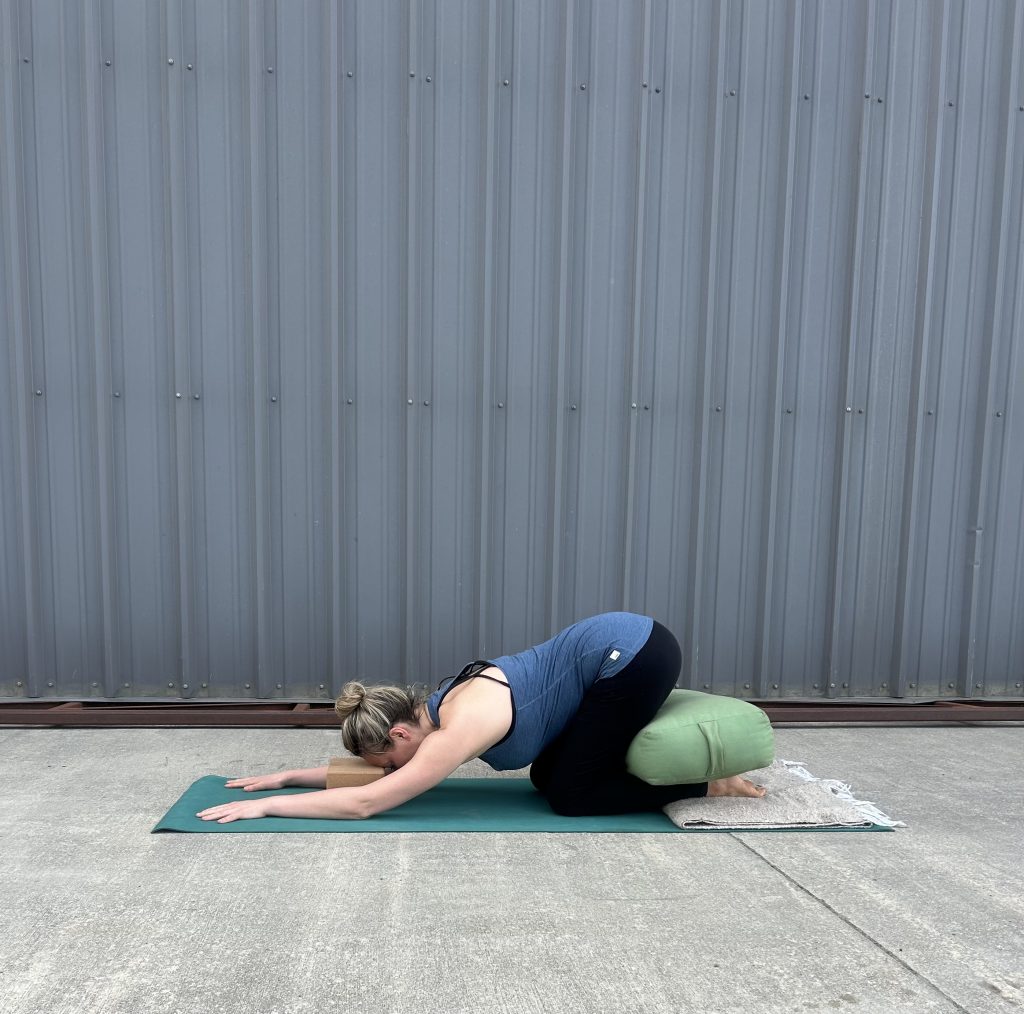
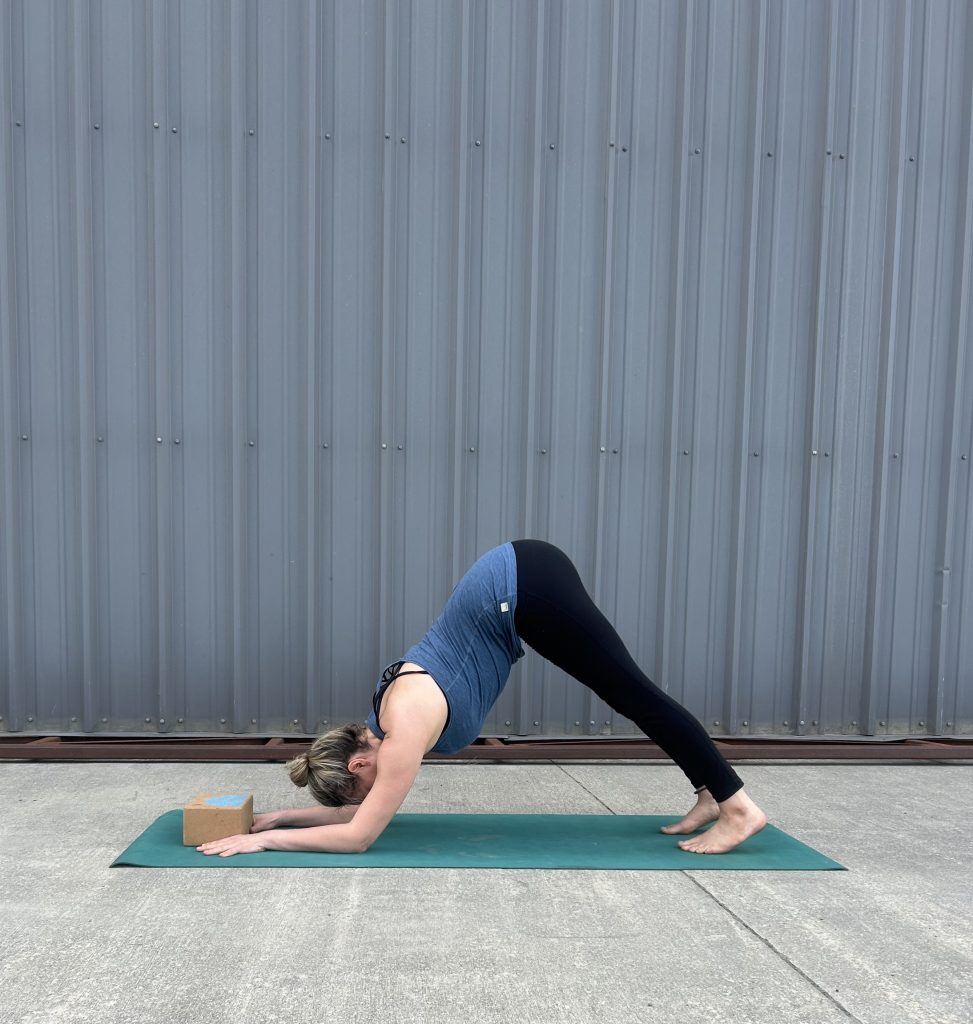
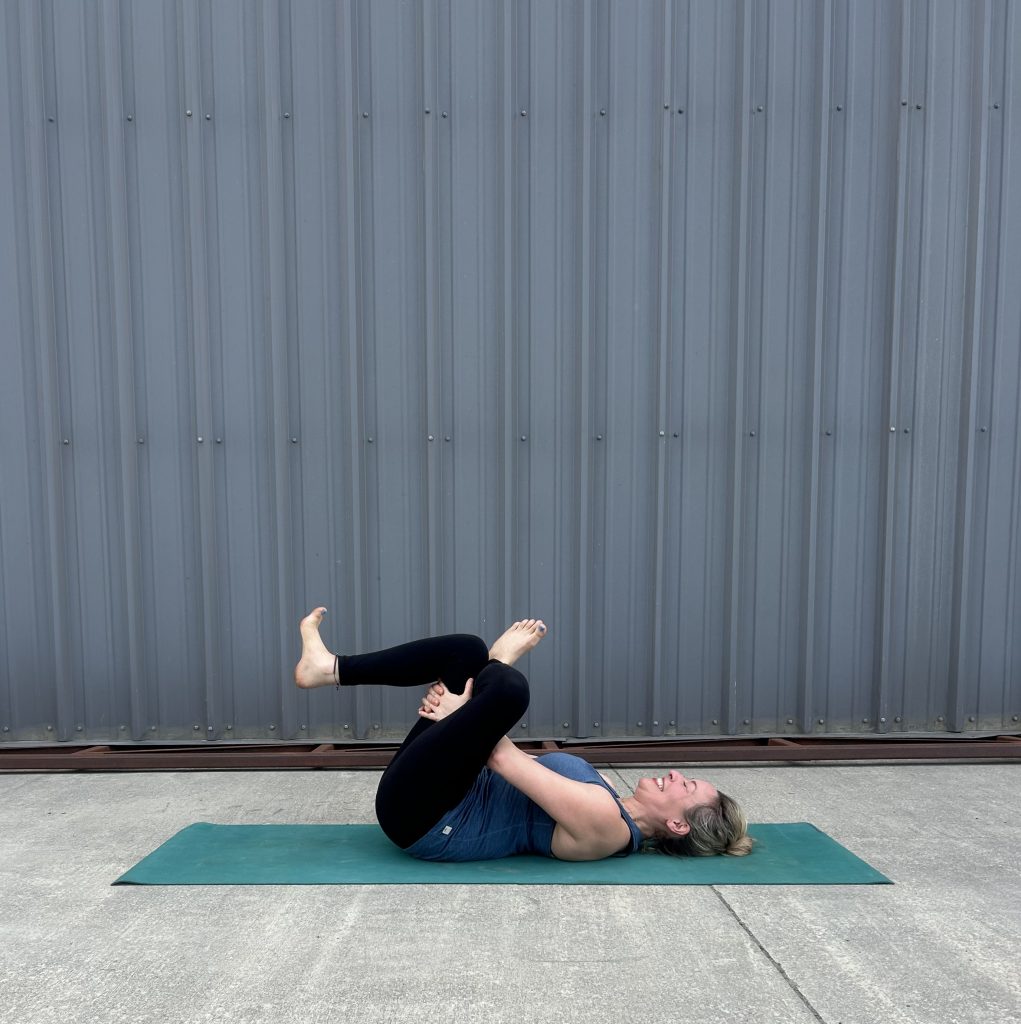
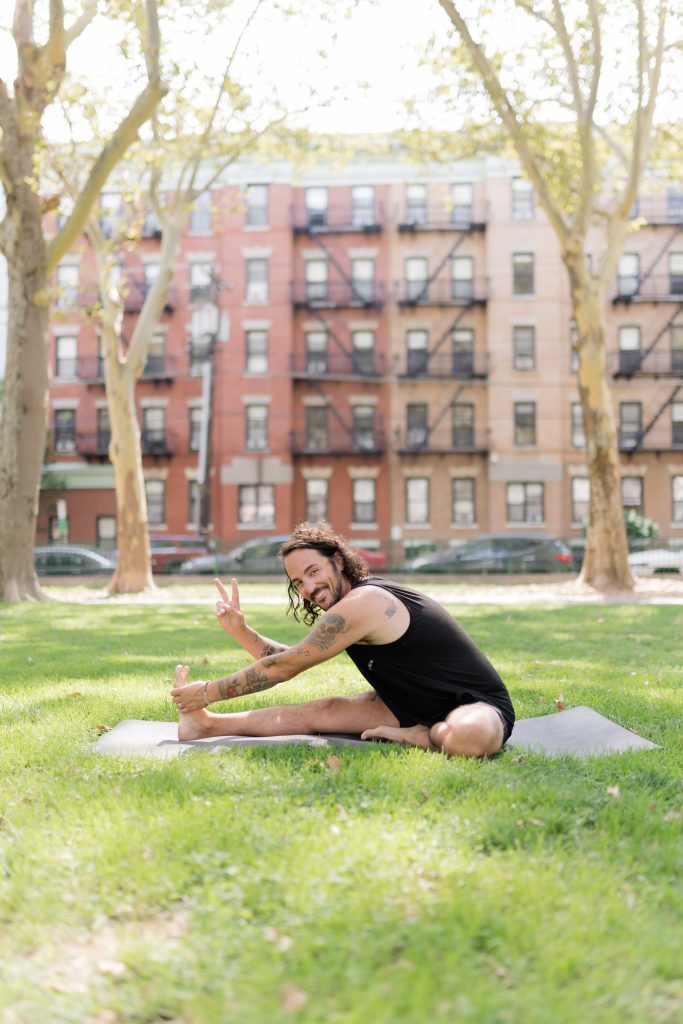
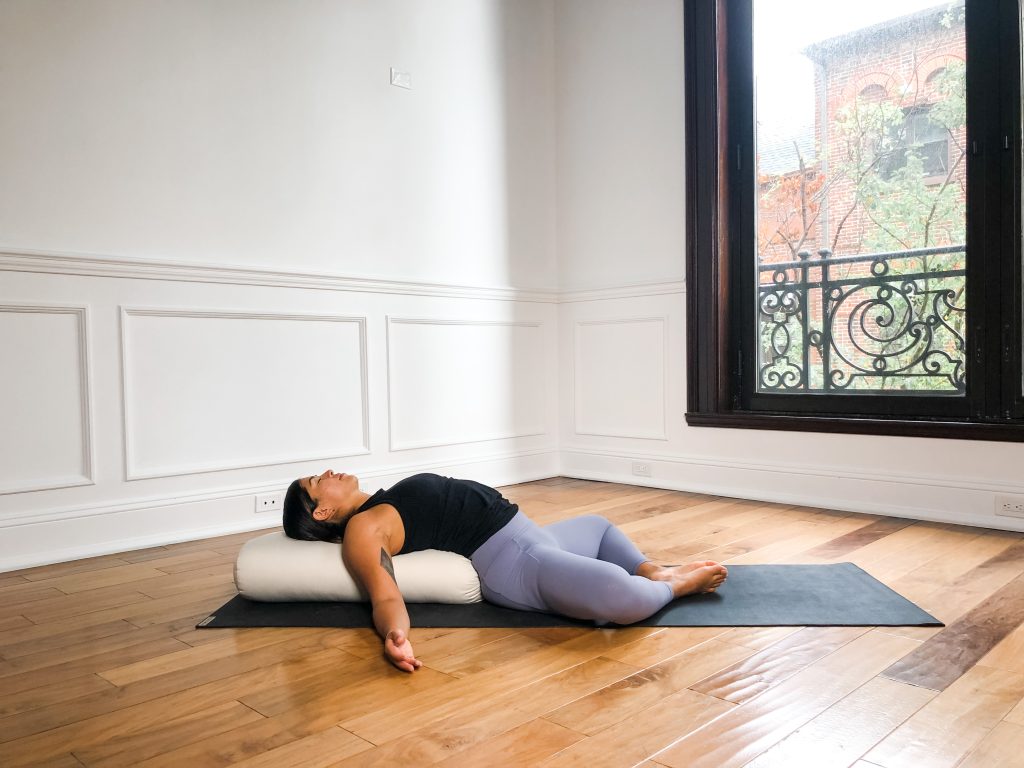
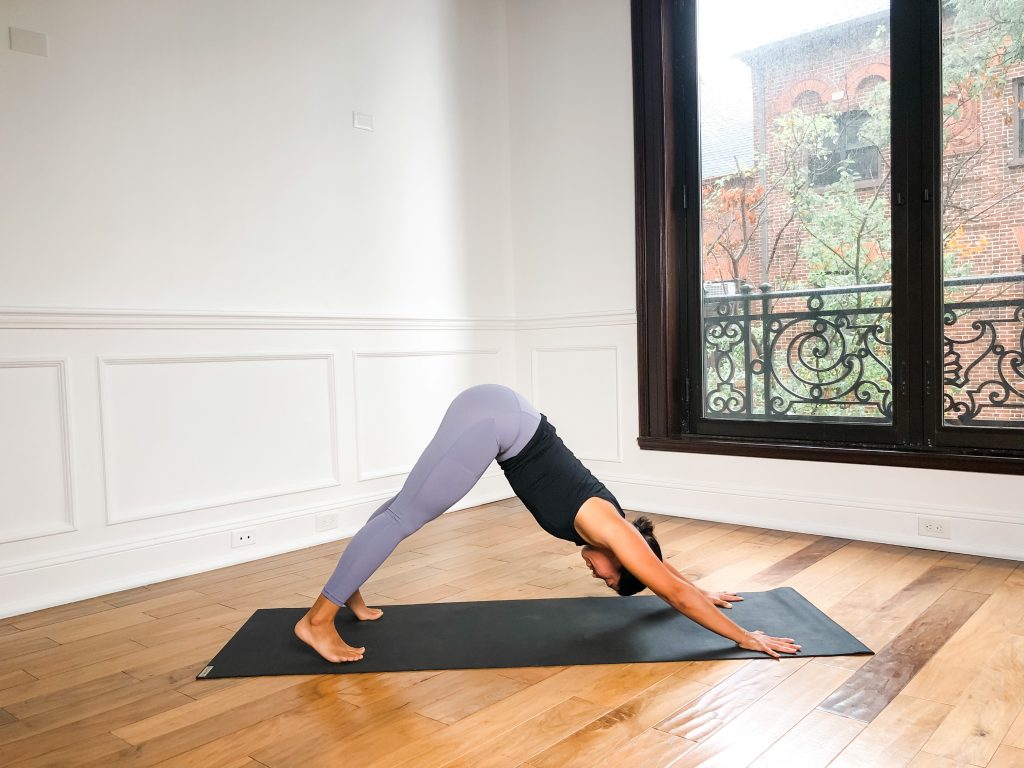
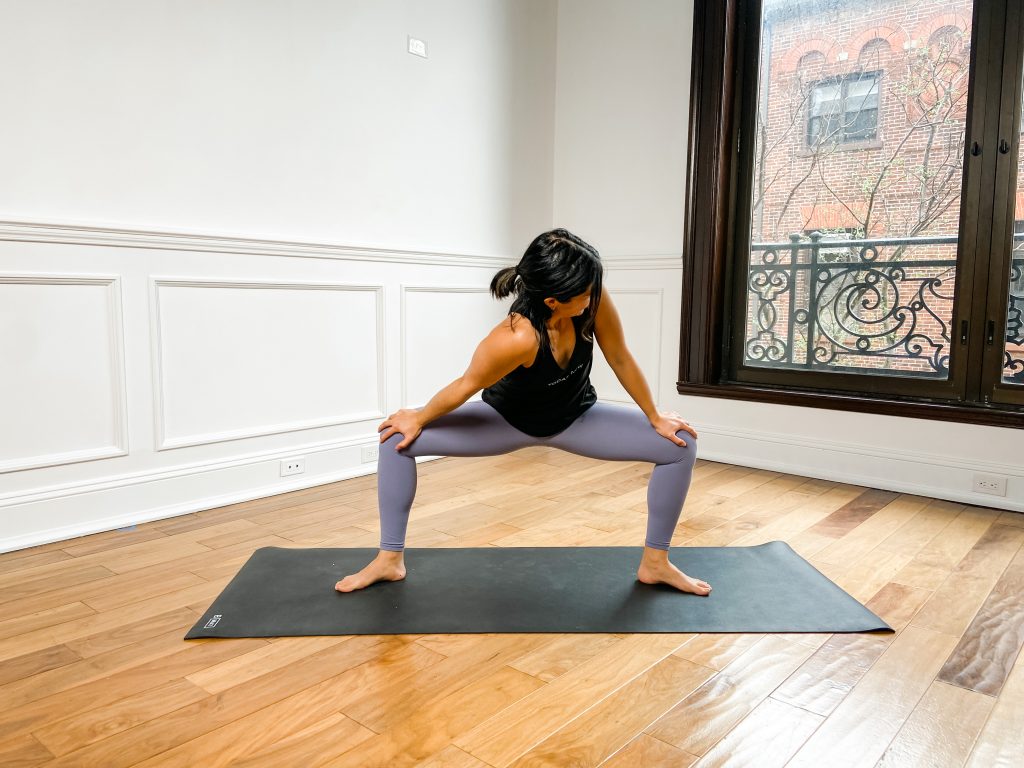
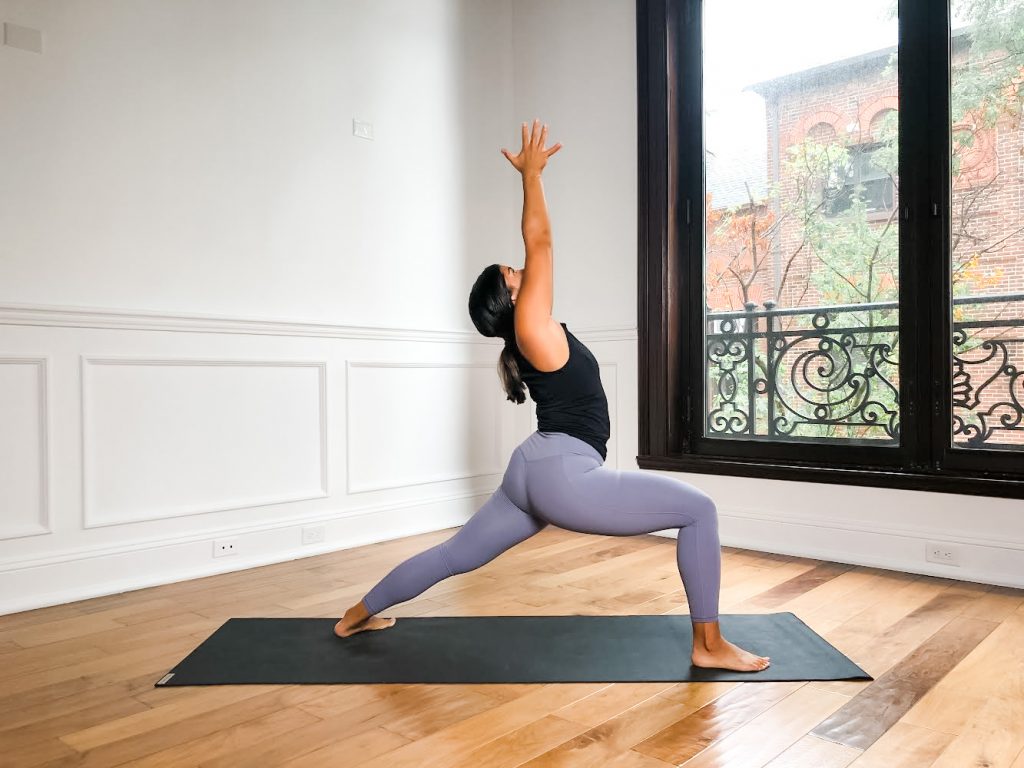
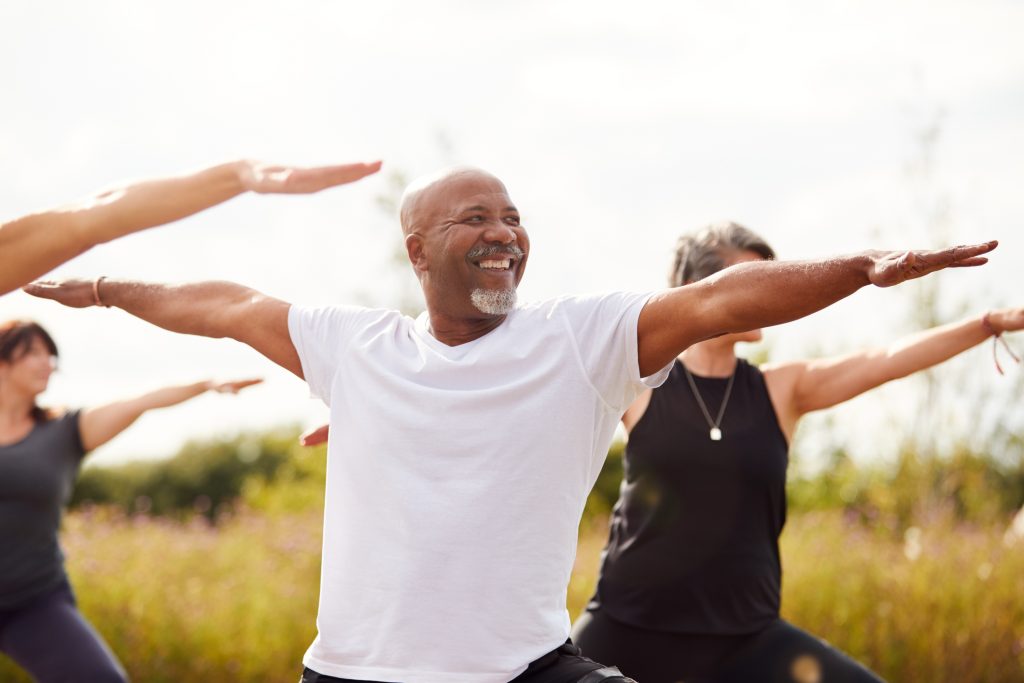
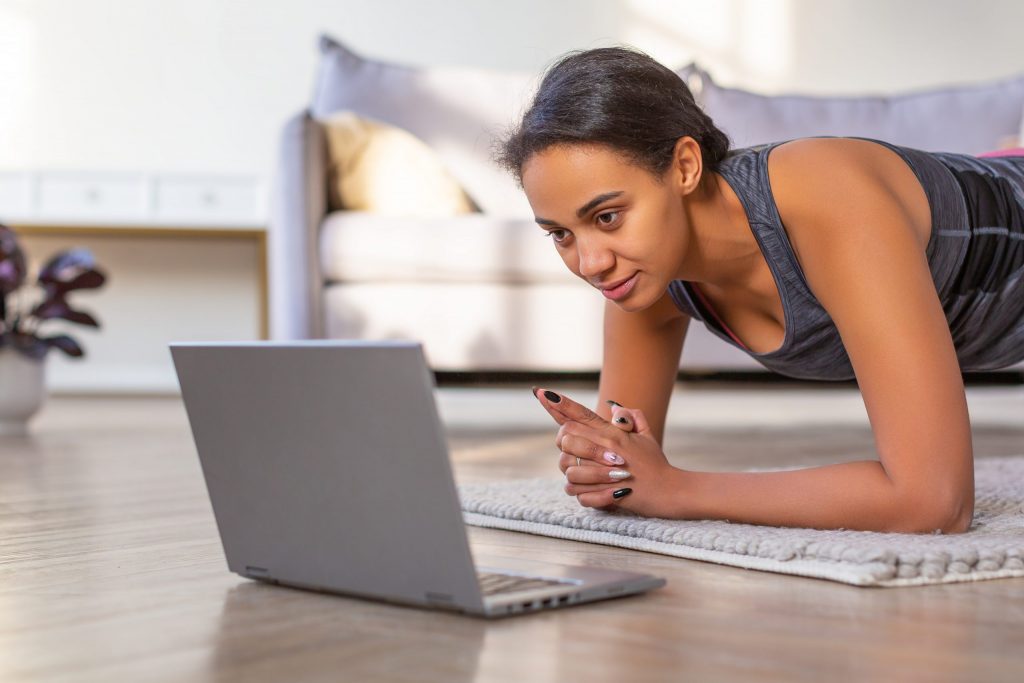

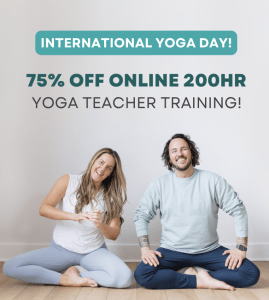
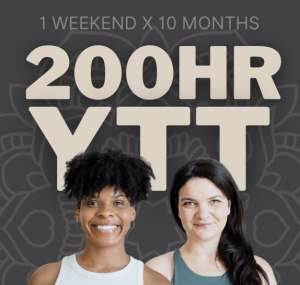
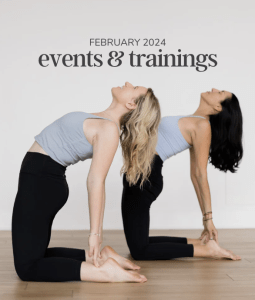
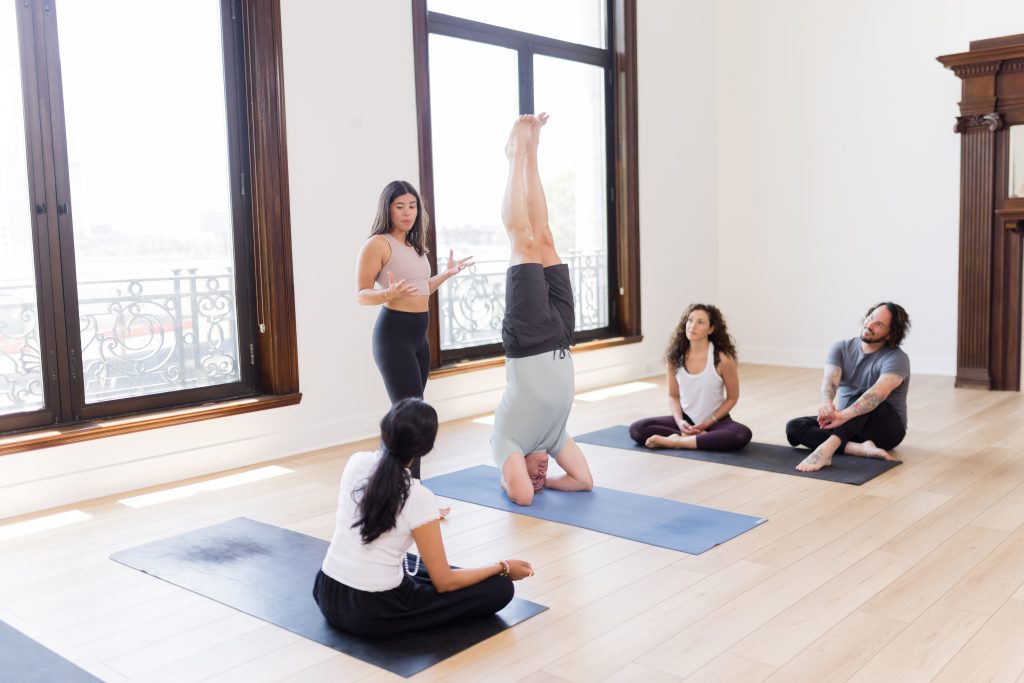
 – Written by
– Written by 

